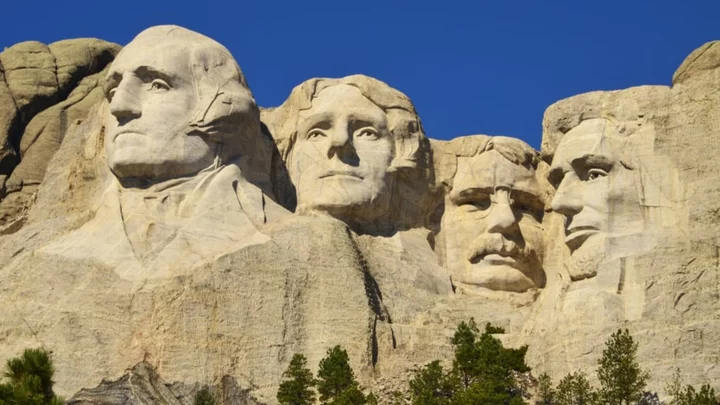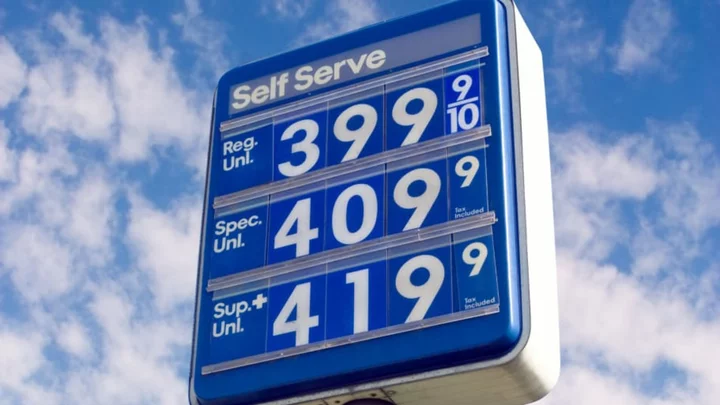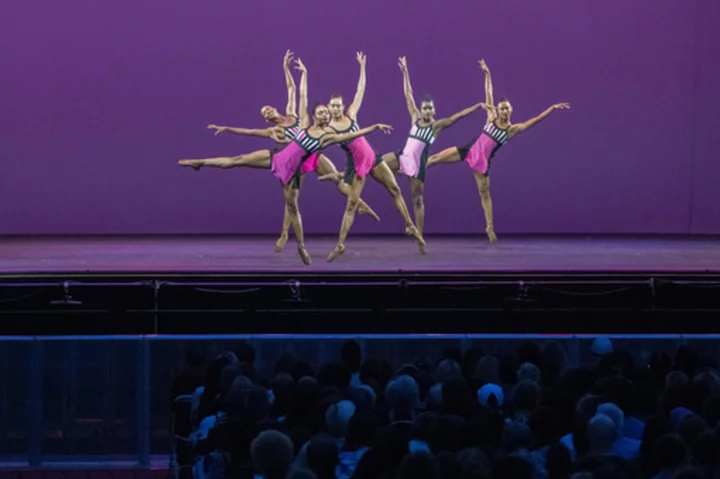You’ve probably heard about the famous rivalry between Nikola Tesla and Thomas Edison—both giants of electrical engineering whose innovations changed history. But what exactly was their history with one another?
That whole boss/employee thing. Tesla, a Serbian by parentage, began working for the phone company in Budapest. In 1882, he headed for Paris, where he took a job with the Continental Edison Company. He was invited to work stateside after his supervisor wrote a recommendation praising the young man as a genius on par with Edison himself. While he hired Tesla, Edison thought the man's ideas were “splendid” but “utterly impractical.”
Clash of the methods. Thomas
Edison relied heavily on tedious experimentation for most of his discoveries, a commitment which some historians attribute partially to his lack of formal education. Tesla, in contrast, was an emotionally driven dreamer with years of engineering training, which allowed him to work out theories before physically implementing them. Later in life, each man publicly criticized the other’s work.
Clash of the lifestyles. Tesla was a germaphobe, fastidiously clean to the point of (allegedly) using seventeen clean towels a day, and claiming to have a “violent aversion against the earrings of women.” He once told the New York Times that Edison "had no hobby, cared for no amusement of any kind and lived in utter disregard of the most elementary rules of hygiene."
Clash of the...similarities? Edison and Tesla were alike in some equally irreconcilable ways. Both were egocentrics who abhorred egocentricity in others. And both men required little sleep, which would have made for many long, grumpy hours in the workshop.
War of Currents! Edison’s least favorite of Tesla’s “impractical” ideas was the concept of using alternating current (AC) technology to bring electricity to the people. Edison insisted that his own direct current (DC) system was superior, in that it maintained a lower voltage from power station to consumer, and was, therefore, safer. But AC technology, which allows the flow of energy to periodically change direction, is more practical for transmitting massive quantities of energy, as is required by a large city, or hub of industry, say. At the time, DC technology only allowed for a power grid with a one-mile radius from the power source. The conflict between the two methods and their masters came to be known as the War of Currents, forever immortalized by the band AC/DC.
The Bet. Tesla insisted that he could increase the efficiency of Edison’s prototypical dynamos, and eventually wore down Edison enough to let him try. Edison, Tesla later claimed, even promised him $50,000 if he succeeded. Tesla worked around the clock for several months and made a great deal of progress. When he demanded his reward, Edison claimed the offer was a joke, saying, “When you become a full-fledged American, you will appreciate an American joke.” Edison offered a $10/week raise, instead. Ever prideful, Tesla quit, and spent the next few months picking up odd jobs across New York City. Nikola Tesla: ditch digger.
The rift. Tesla eventually raised enough money to found the Tesla Electric Light Company, where he developed several successful patents including AC generators, wires, transformers, lights, and a 100 horsepower AC motor. Always more of a visionary than a businessman, Tesla ended up selling most of his patents (for the healthy but finite sum of $1 million) to George Westinghouse, an inventor, entrepreneur, and engineer who had himself been feuding with Edison for years. In fact, Westinghouse was a more economic participant in the War of Currents than was Tesla. Their partnership, one can imagine, made the eventual popularizing of AC that much more bitter for Edison.
“Post-war” history. In the end, AC won out. Mostly. Westinghouse fulfilled Tesla’s dream of building a power plant at Niagara Falls to power New York City, and built upon its principles the same system of local power grids we use today. Edison’s original point about the practicality of DC is well-taken, however: The average person can’t have alternating currents flooding massive amounts of energy into their household appliances, so most plug-in devices must internally convert AC back to DC (that’s what’s going on inside the brick of your laptop cord). That conversion wastes a lot of energy (think of all the heat coming from the brick of your laptop cord). Major studies are beginning to examine ways in which AC and DC power can work together with modern energy-harnessing technology, to run our overall grid more efficiently.
Tesla on Edison: "If he had a needle to find in a haystack he would not stop to reason where it was most likely to be, but would proceed at once, with the feverish diligence of a bee, to examine straw after straw until he found the object of his search. ... I was almost a sorry witness of such doings, knowing that a little theory and calculation would have saved him ninety per cent of his labor."—New York Times, October 19, 1931 (the day after Edison died)This article was originally published on www.mentalfloss.com as AC/DC: The Tesla–Edison Feud.









